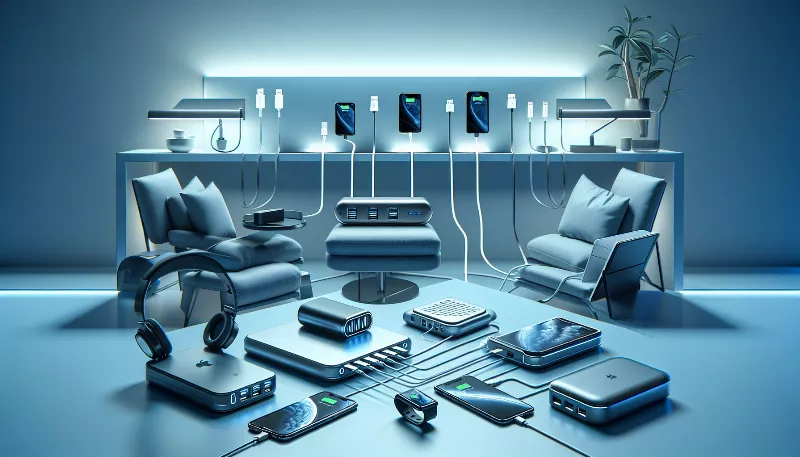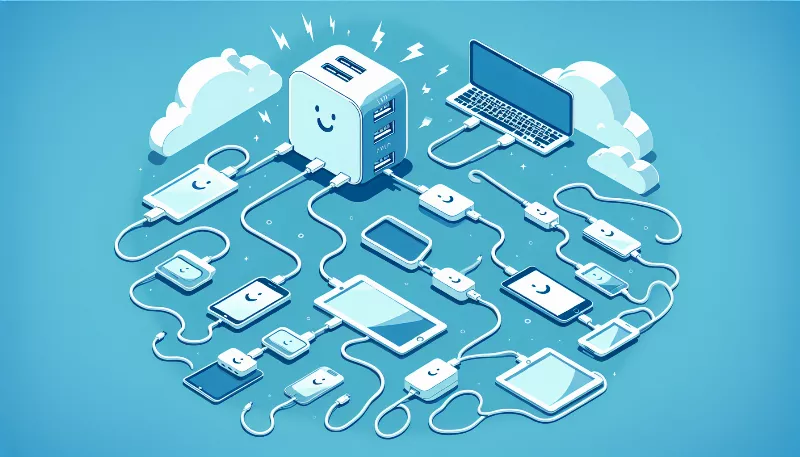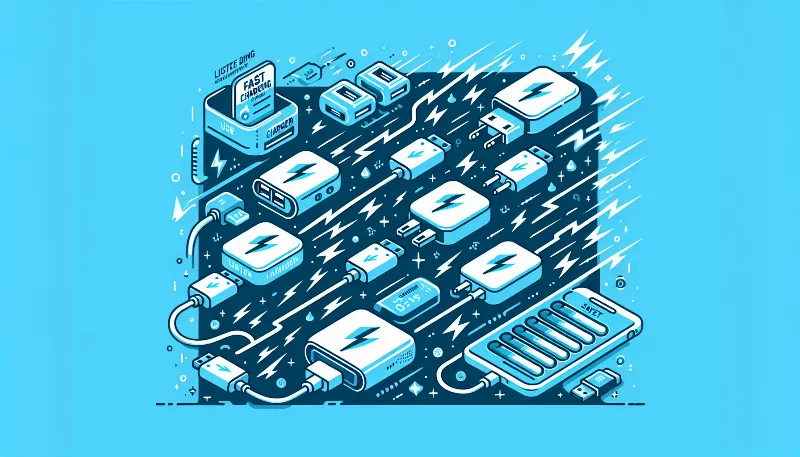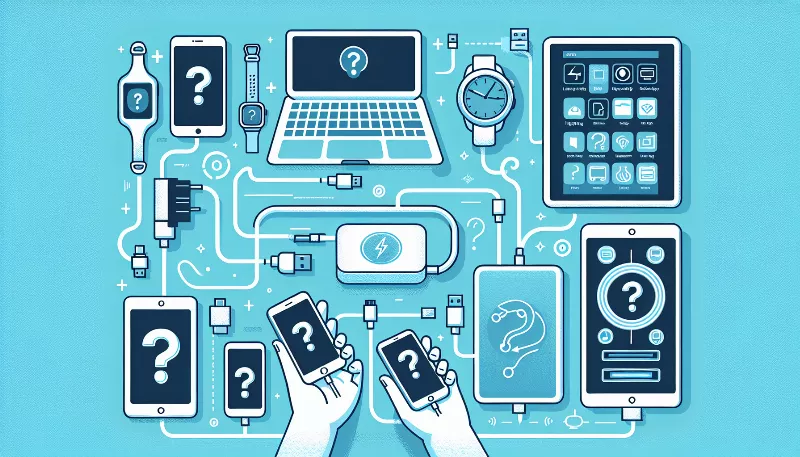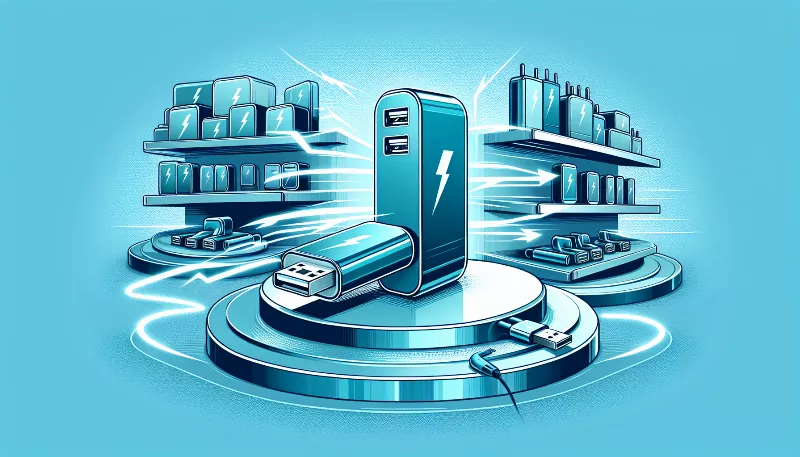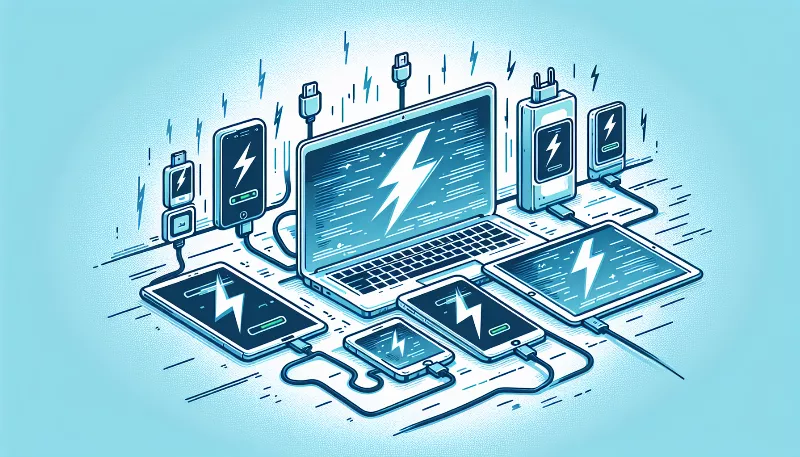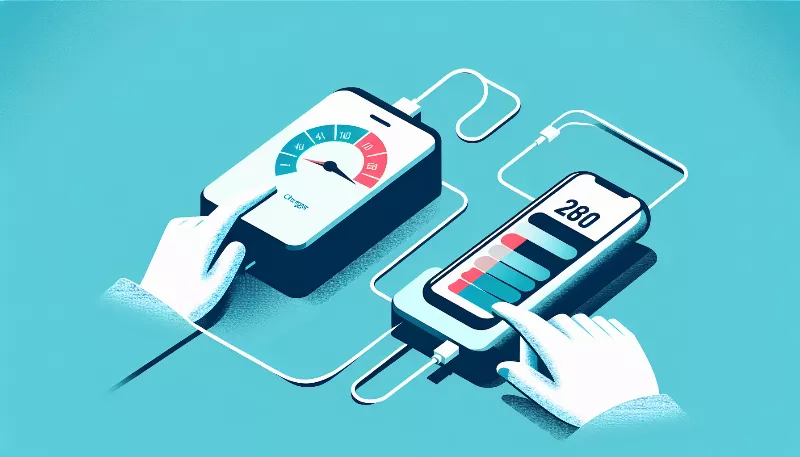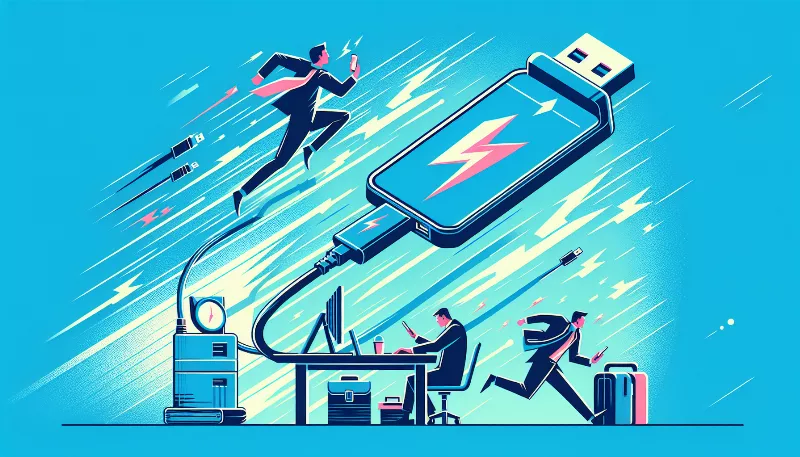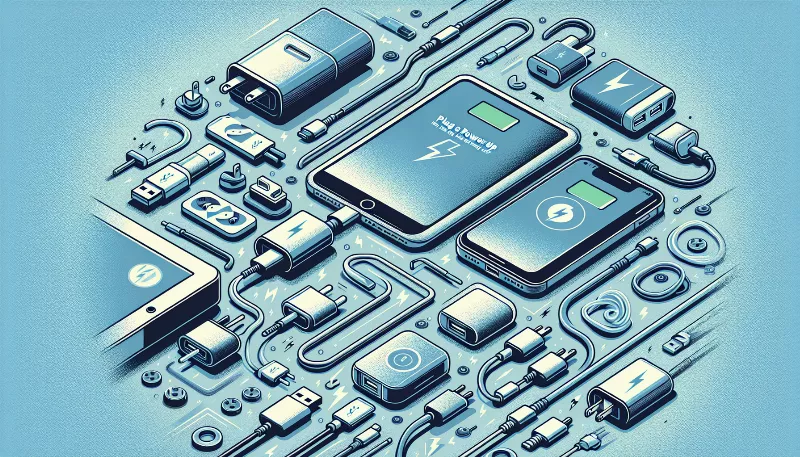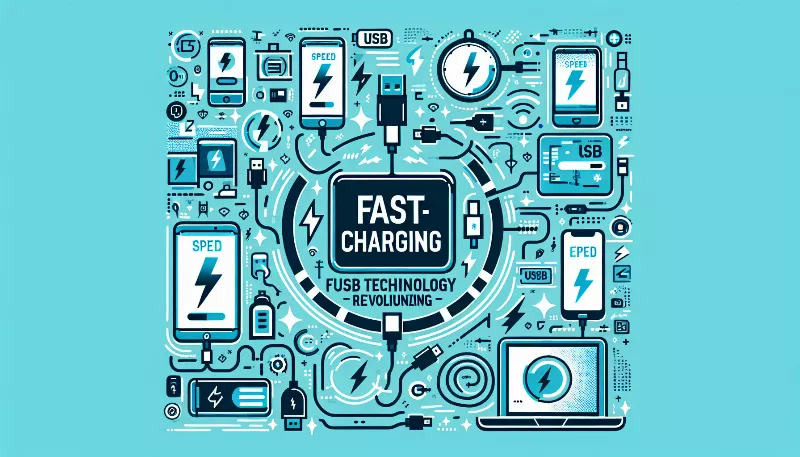Charging Ahead: The Evolution of USB Charger Standards Explained
Discover the journey of USB charging, from early designs to the latest standards. Stay powered up with our guide on USB charger evolution!
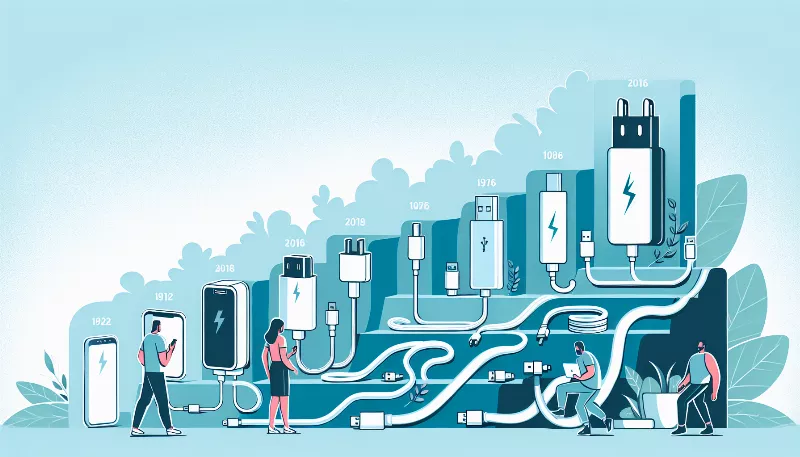
The Dawn of USB Charging
Remember the days when every device came with its own unique charger? The early era of USB charging began with the introduction of the Universal Serial Bus (USB) in the mid-1990s. It was a game-changer, providing a standardized way to connect devices to computers for both communication and power. The original USB 1.0 and 2.0 standards were revolutionary, but they were primarily designed for data transfer, with charging capabilities as a secondary function. As such, charging was slow, offering only up to 500mA of current.
USB Charging Gets a Boost
With the advent of USB 3.0, charging capabilities started to improve significantly. This standard increased the power output to 900mA, allowing for faster charging times. However, it wasn't until the development of dedicated charging ports (DCPs) that USB truly embraced its potential as a power provider. DCPs could deliver up to 1.5A, enabling devices to charge even quicker. This was just the beginning of a journey towards a universal charging solution.
The Birth of USB Power Delivery
USB Power Delivery (PD) was a major leap forward in the evolution of USB charging standards. This protocol, introduced with USB Type-C connectors, allowed for much higher power levels—up to 100W. Suddenly, it wasn't just smartphones that could be charged via USB; laptops and other high-powered devices could also join the party. USB PD dynamically negotiates power delivery over a single, reversible connector, simplifying the charging process and making it more efficient than ever before.
Quick Charge and Other Proprietary Protocols
While USB PD aimed to standardize charging across all devices, proprietary charging protocols like Qualcomm's Quick Charge emerged, offering rapid charging for compatible devices. These technologies often pushed the boundaries of what USB cables and connectors could handle, leading to faster charging times for specific devices. However, the downside was a lack of universal compatibility, which sometimes led to consumer confusion.
Embracing a Universal Standard with USB4
The latest iteration in the USB saga is USB4. With support for USB PD and backward compatibility with previous versions, USB4 aims to unify the charging experience. It promises speeds up to 40Gbps for data transfer and continues to support the high power delivery standards set by USB PD. As we move forward, the goal is clear: to create a single, robust standard that can handle all our charging needs, regardless of the device.
Looking to the Future
The future of USB charging is bright. Innovations continue to emerge, pushing the envelope on speed and convenience. We're moving towards a world where one charger can do it all, reducing waste and simplifying our digital lives. As technology progresses, we can expect even more powerful and versatile charging solutions, all under the umbrella of the USB standard. So, let's charge ahead into an electrifying future!

